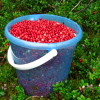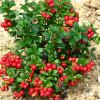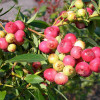Lingonberry harvest in 2021: storage and harvesting
Content
Beneficial features
In 2021, the berry harvest turned out to be successful, so interest in what lingonberries are like flared up with renewed vigor. Berries are mainly used for healing. Lingonberries are harvested practically in most of Russia: in the Moscow and Leningrad regions, Siberia, the Far East, the Urals. As a rule, berries can grow successfully in any region of our country, and in 2021 and the Moscow region, provided that there are dry coniferous forests or dried peat bogs.
For the treatment of many diseases, both lingonberry berries and its leaves are actively used. The culture is extremely rich in a variety of useful microelements, but especially vitamin C. To get the most of this vitamin from lingonberries, berries can be eaten straight from the bush, fresh, without being processed. There is also enough carotene in the culture; in its content, our berries have surpassed even the famous cranberries. Lingonberry leaves and fruits are characterized by a pronounced diuretic and disinfectant effect, so it can be used to treat diseases in the kidney area - cystitis, pyelonephritis, as well as urolithiasis. In addition, the culture has an enhancing effect on the activity of antibiotics, therefore, cranberries or lingonberries are recommended to be used for fevers. Lingonberry leaves are indicated for use in various diseases of the gastrointestinal tract, in the absence of appetite. In addition, a decoction of lingonberry leaves is rich in copper, therefore it has a beneficial effect on the condition of patients with diabetes mellitus. An antioxidant effect is observed in the culture: each lingonberry leaf is rich in tannins that can neutralize a number of heavy metals that enter our body.
But there are contraindications when lingonberry remedies cannot be used, these are all forms of peptic ulcer or gastritis, characterized by high acidity.
Video "Useful properties"
From the video you will learn about the beneficial properties of lingonberry.
Harvesting
Collecting useful berries is best done deep in the forest belt, away from the roadway, where the culture is fairly saturated with toxic emissions and, instead of benefit, can harm your health (especially in the Moscow region and other regions with a large amount of transport). You need to collect lingonberries (or cranberries) with the utmost care so as not to damage a single leaf and bush shoot. When picking berries, try not to pluck all the fruits - leave some for the native inhabitants of the forest. In 2021, this rule is especially relevant, because the winter was going to be quite harsh and protracted.
You need to collect only fully ripe fruits, those berries that have not yet ripened will not bring the expected benefits when used.
Having found a rich lingonberry meadow, try not to visit it more often than once in two days: it is during such a period of time that greenish berries can ripen. In the Moscow region, as in any other region, it is customary to pick both berries and leaves.
In order for each leaf to retain the maximum useful properties, the collection must be done when the snow has already melted, and active flowering has not yet begun. Collect only adult leaves that have reached 2-3 cm.At the same time, try to choose healthy bushes, without visible signs of disease (I must say that in 2021 it becomes more and more difficult to find such).
Storage and procurement
When the collection of leaves is completed, they are dried in a dry, well-ventilated room, protecting the raw materials from sunlight. You can dry a lingonberry leaf qualitatively even in a Moscow apartment; special household dryers are suitable for this. Further storage of the product is carried out in canvas bags in a dry place. When no canvas bags are found, you can put the lingonberry leaf in a paper bag, but you will have to store it in a dark, dry place. Correctly dried and packaged lingonberry leaves can be stored efficiently for three years (harvested in the spring of 2021, they will be usable for another 3 winters).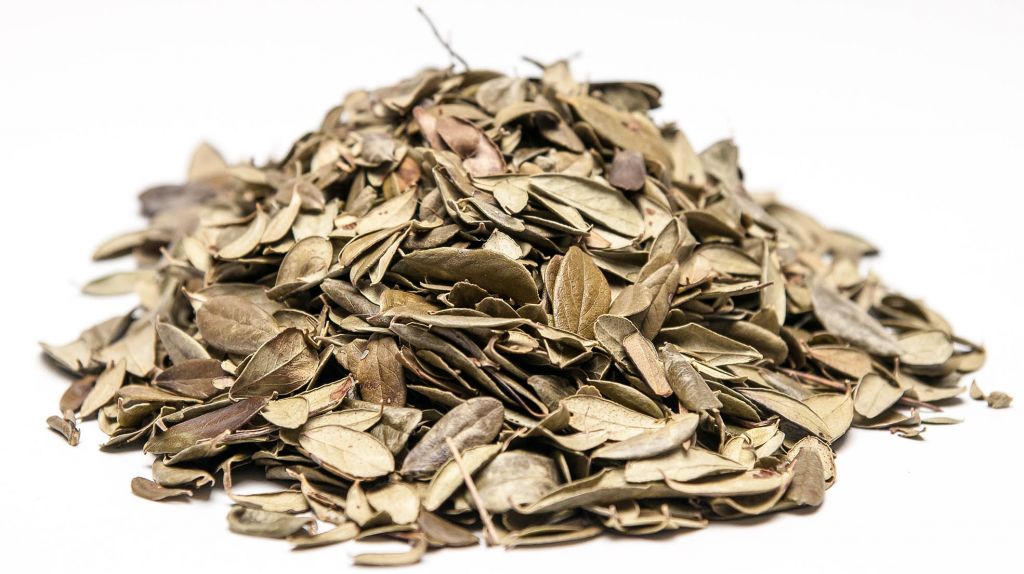
When the berries themselves are harvested, they are harvested for future use in several ways:
- soaked with salt. In this form, the fruits are best suited as an addition to meat dishes. It is not difficult to prepare them: after the collection of berries is finished, they are carefully sorted out, leaving only solid, undamaged specimens and poured with a brine consisting of sugar (0.5 kg), salt (1 teaspoon) and water (3l);
- drying. It is most convenient to dry berries, like a lingonberry leaf, using a special dryer. When the process is over, the berries are allowed to cool and sent to a sealed glass container for permanent storage;
- freezing. The easiest way, no effort required. Just clean the crop from debris and send it to the freezer.
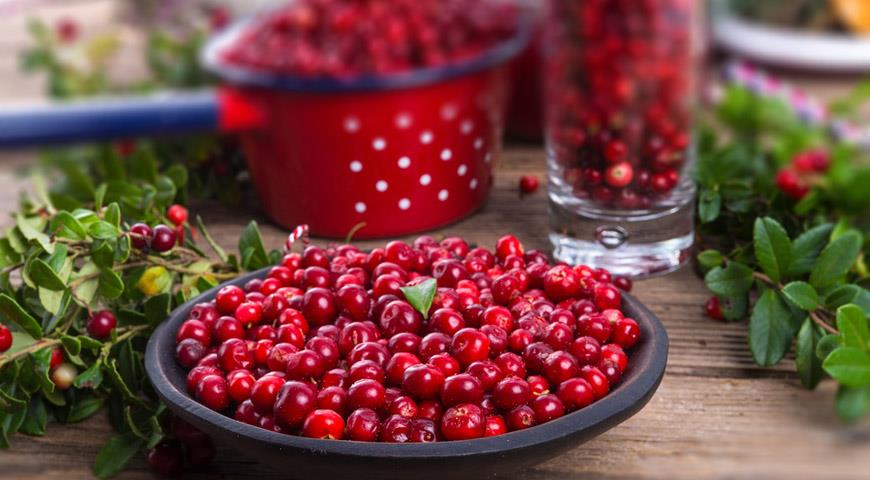
Of course, you can make various jams, preserves, marmalades and even marshmallows from berries - the harvest of 2021 quite allows this.
Video "Lingonberry storage"
From the video you will learn how to keep the berry as long as possible.

